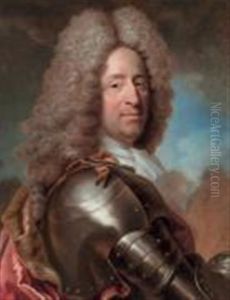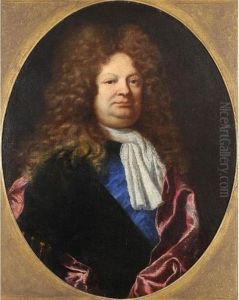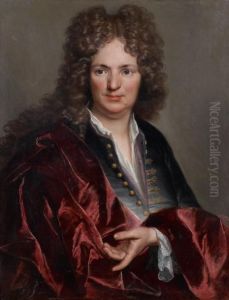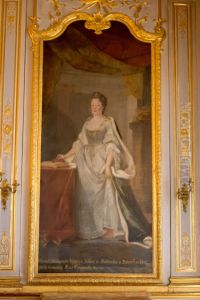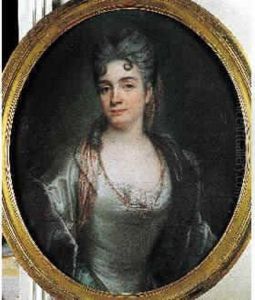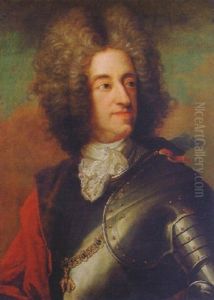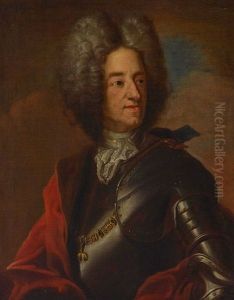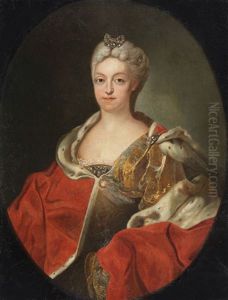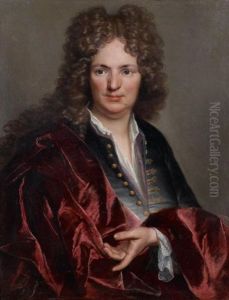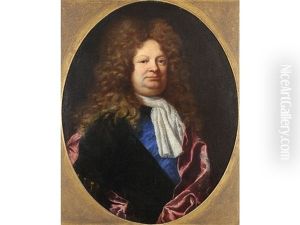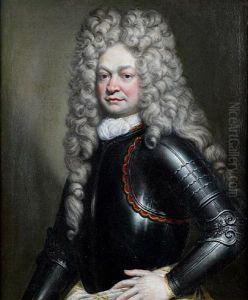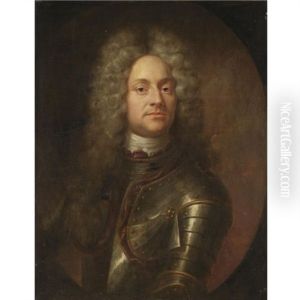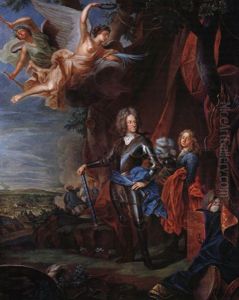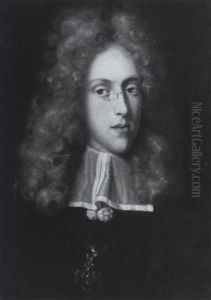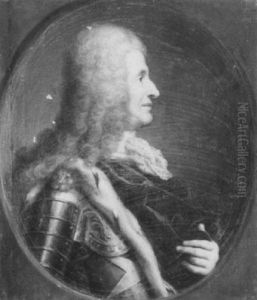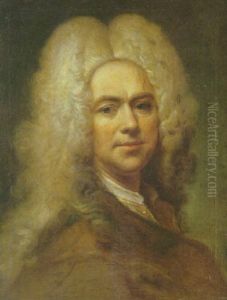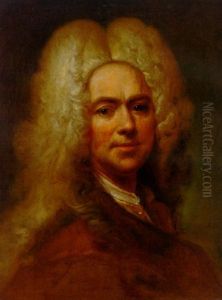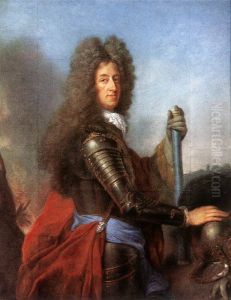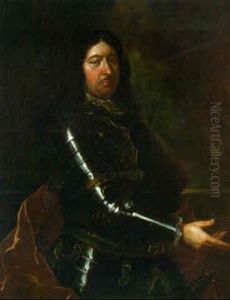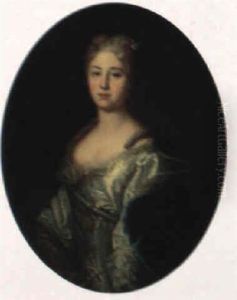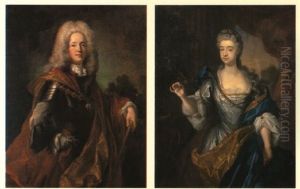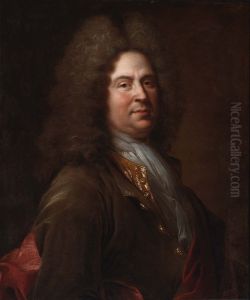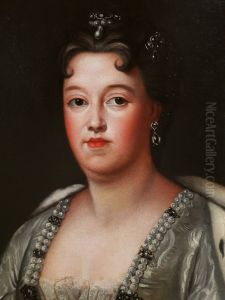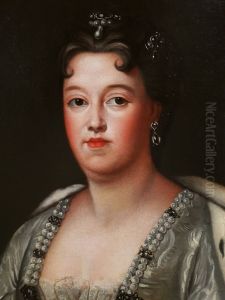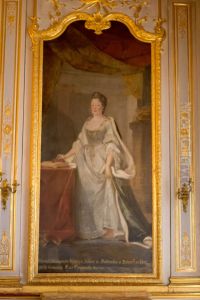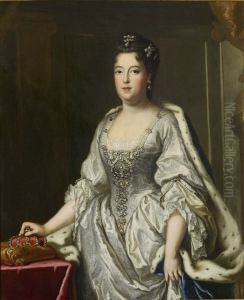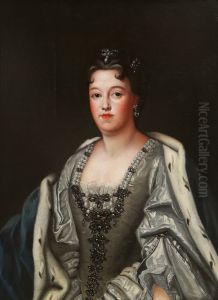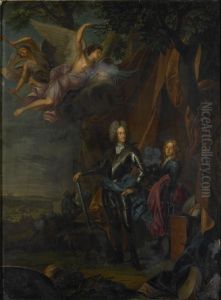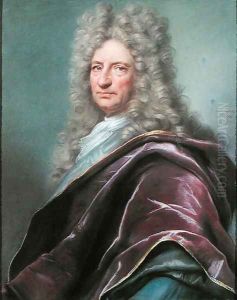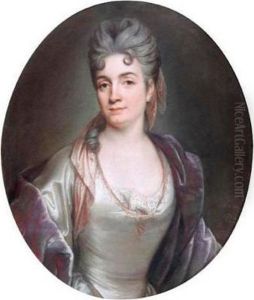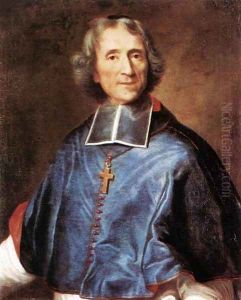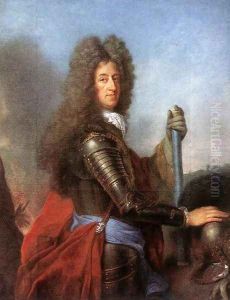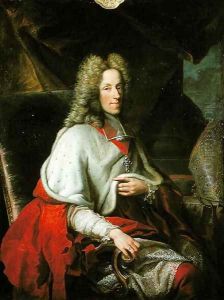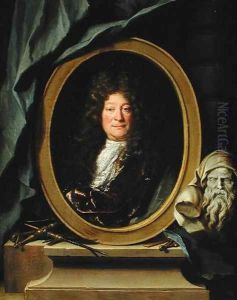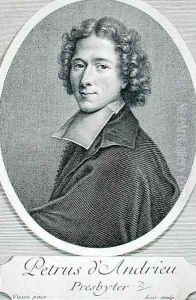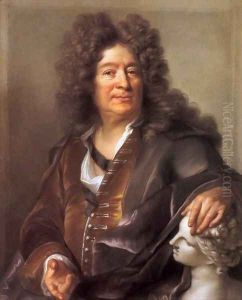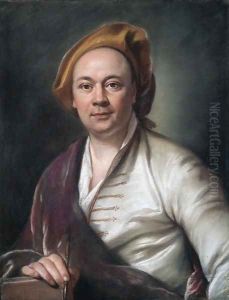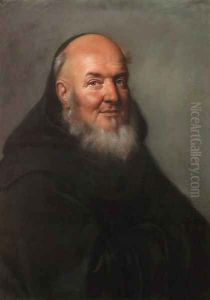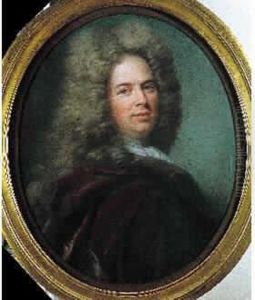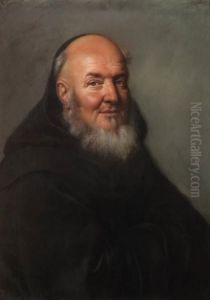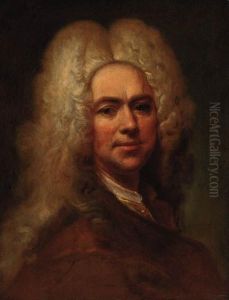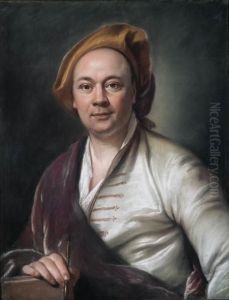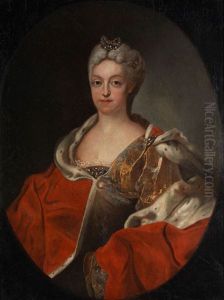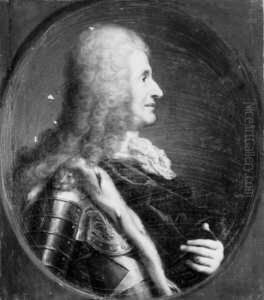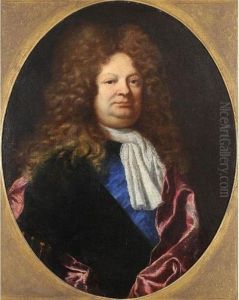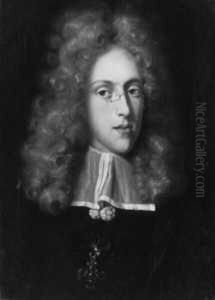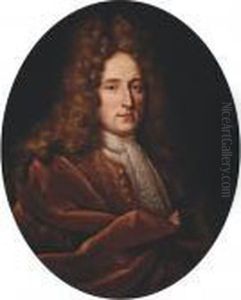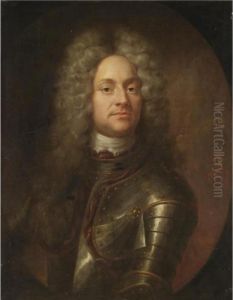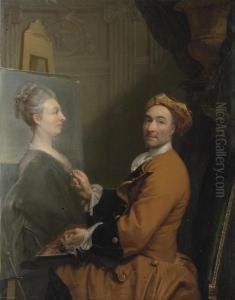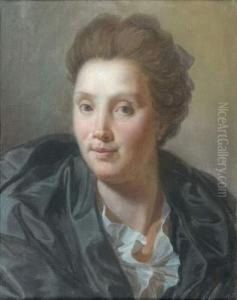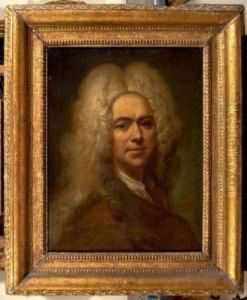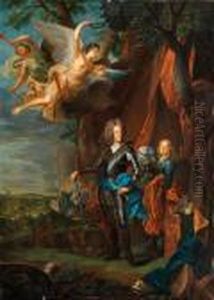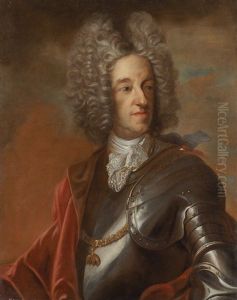Joseph Vivien Paintings
Joseph Vivien was a French Baroque painter who specialized in portrait painting. He was born on June 11, 1657, in Lyon, France, and died on December 5, 1734, in Bonn, Germany. Vivien received his early training in Lyon and then moved to Rome to continue his studies. His work in Rome helped to refine his technique and he became known for his ability to capture the character and personality of his subjects. His portraits are characterized by a strong sense of realism and attention to detail, often employing a dramatic use of light and shadow that was inspired by the works of Caravaggio and other Baroque artists.
After spending significant time in Italy, Vivien returned to France and established himself in Paris. He gained recognition and commissions from the French aristocracy and even worked for the royal family. His adeptness at portraying the nobility with a certain dignity and grace made him a favorite among the elite.
Vivien's reputation eventually led to an appointment as a court painter to Elector Maximilian II Emanuel of Bavaria. He moved to Munich, where he produced numerous portraits that contributed to his acclaim. Vivien's style evolved during his time in Bavaria, where he developed a softer and more nuanced approach to color and composition.
Throughout his career, Joseph Vivien remained an influential figure in portrait painting. His works were known for their psychological depth and for the artist's skill in capturing the nuances of facial expression. He was still active as a painter until his death in Bonn, where he had moved later in life. Vivien's legacy is preserved in the many portraits that hang in galleries and collections across Europe, where they continue to be studied and admired for their contribution to the development of Baroque portraiture.
